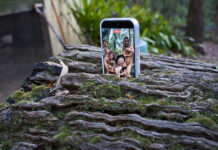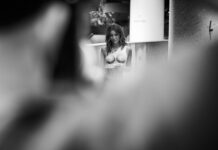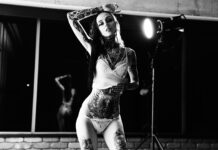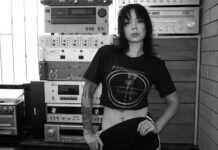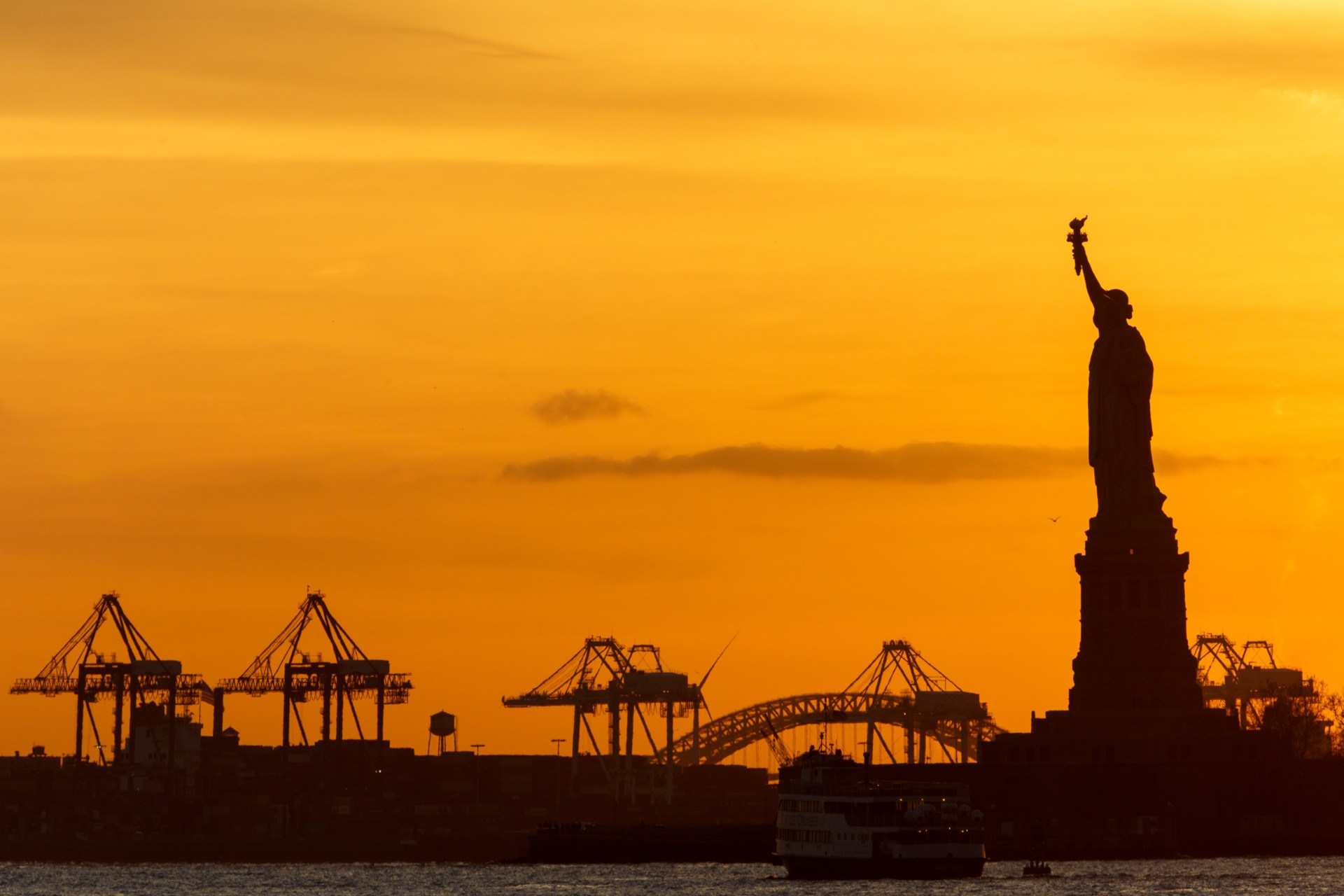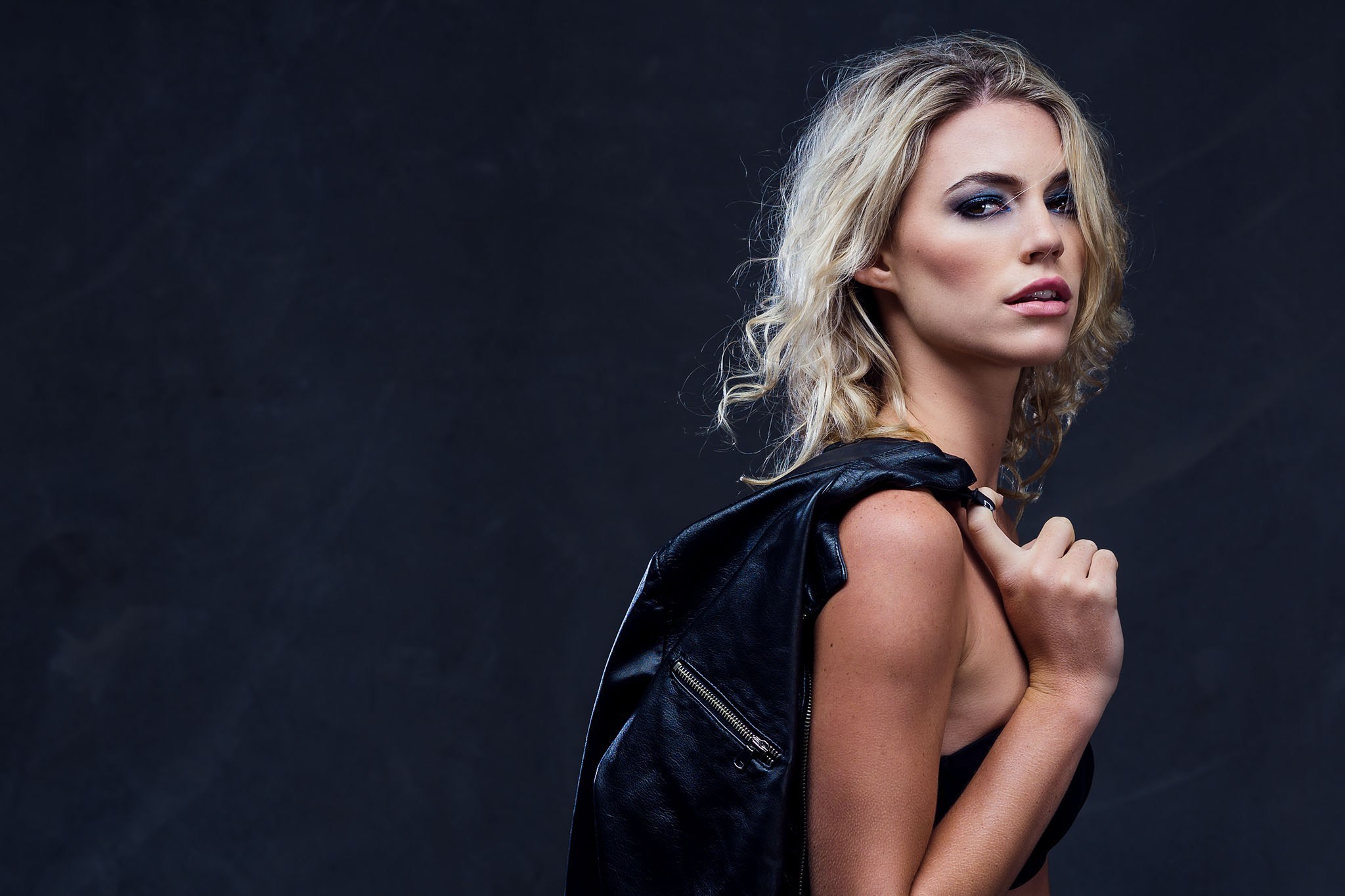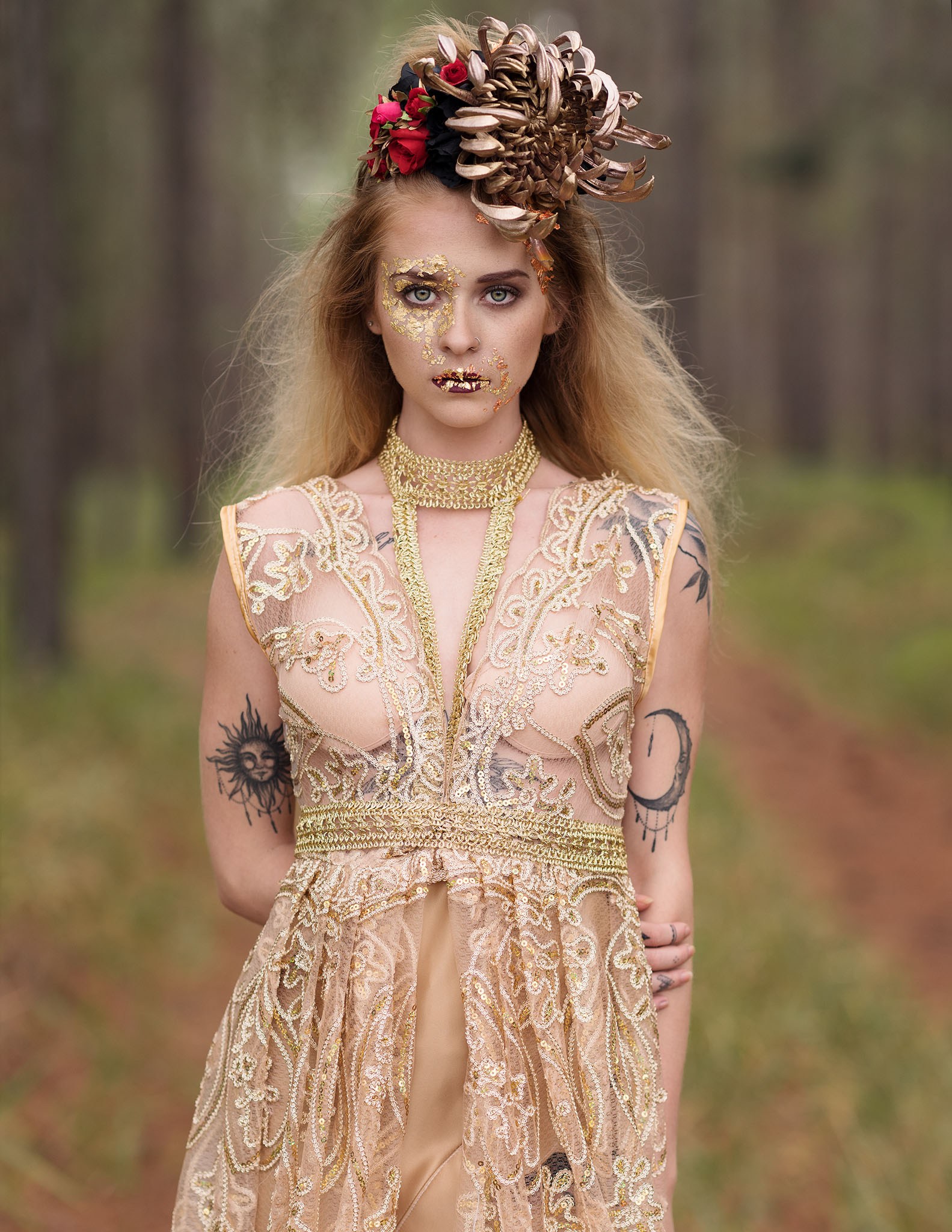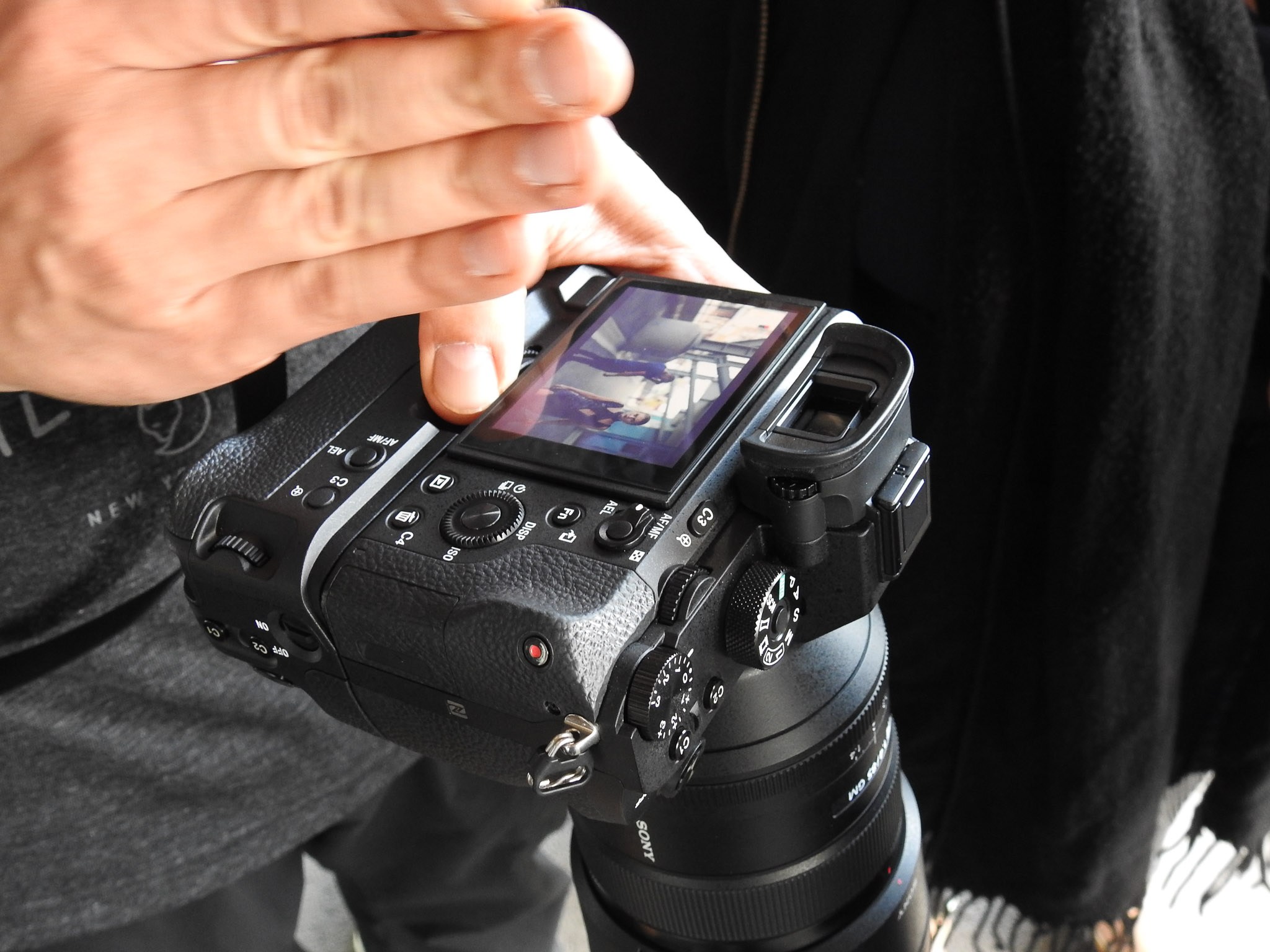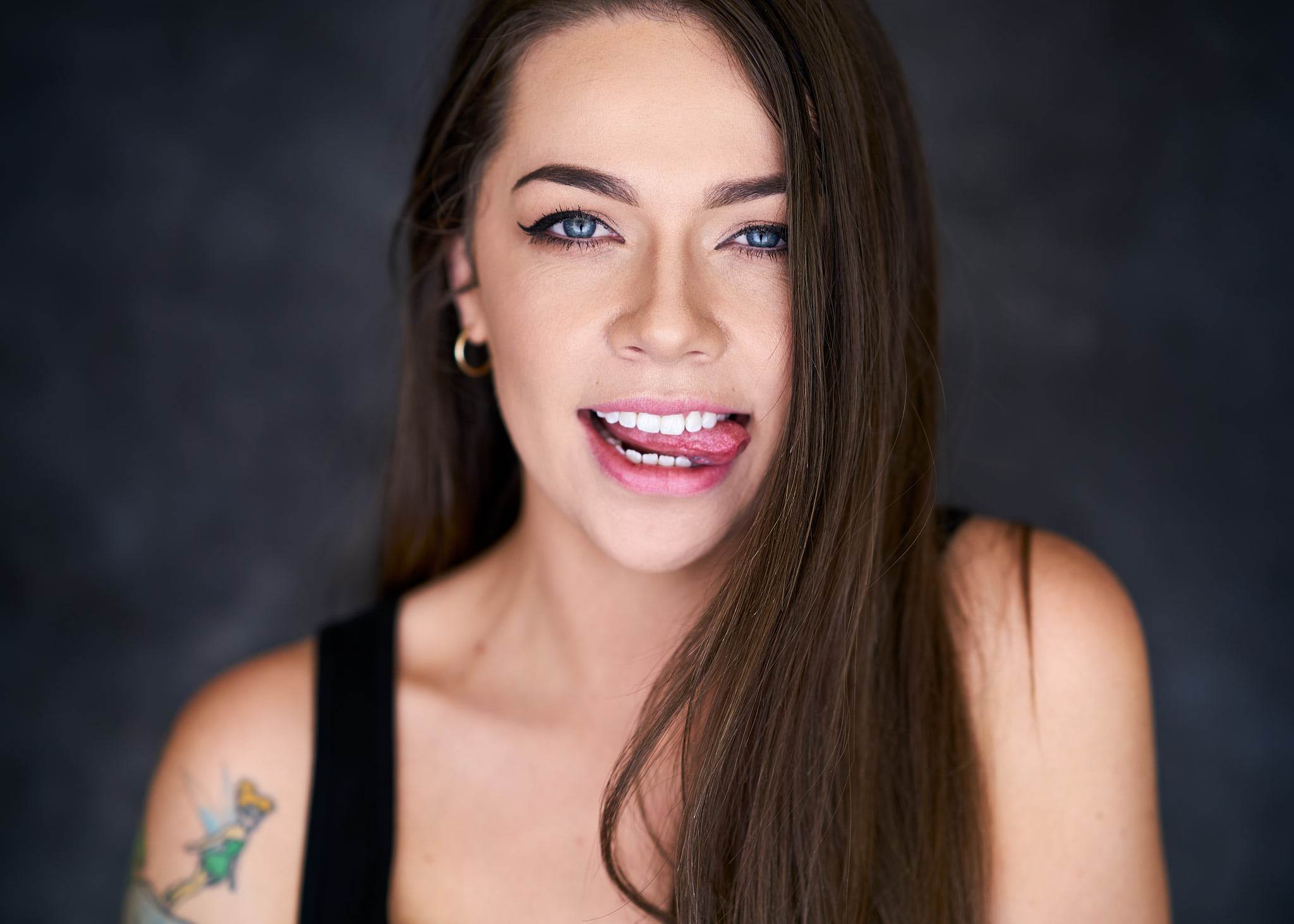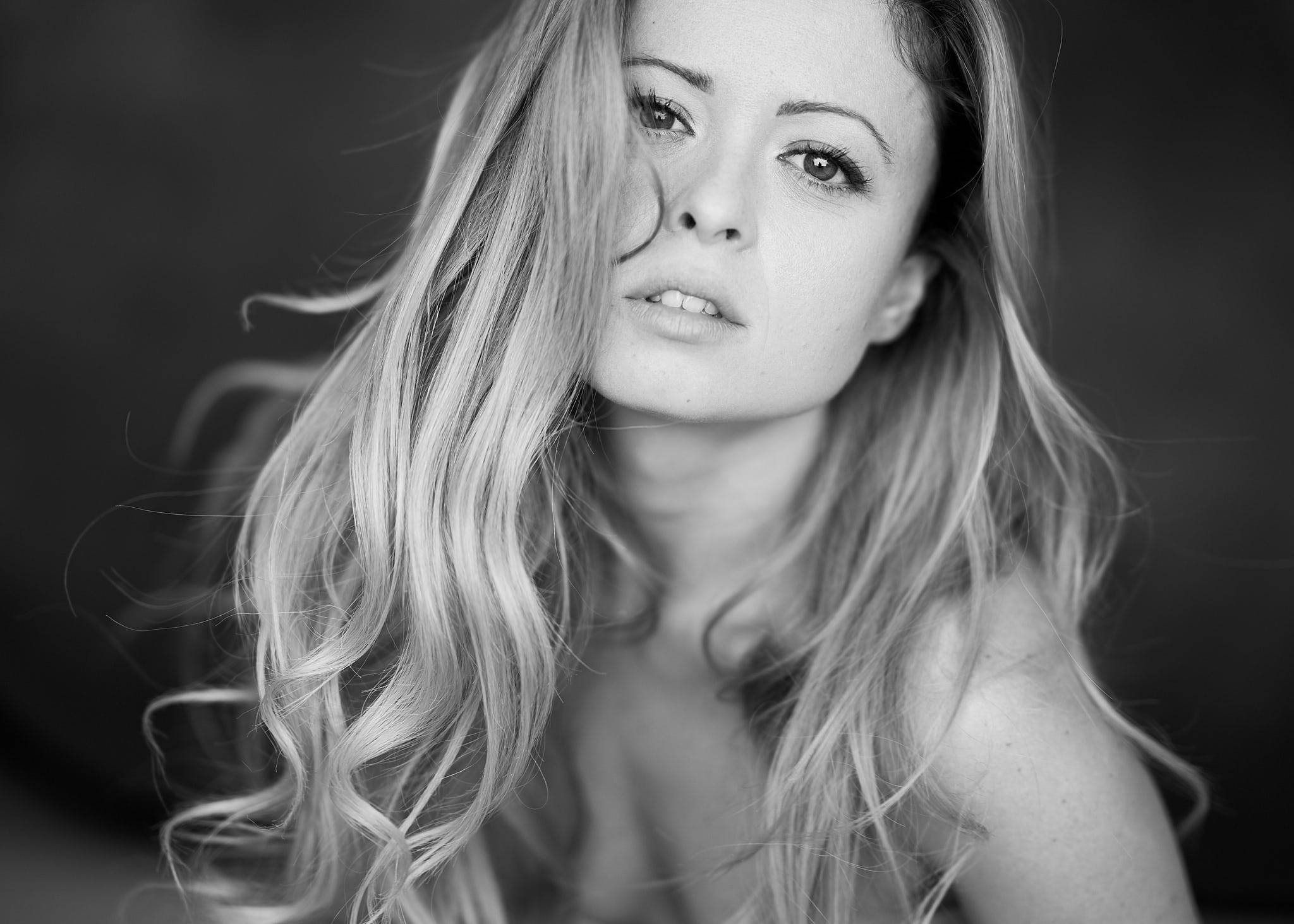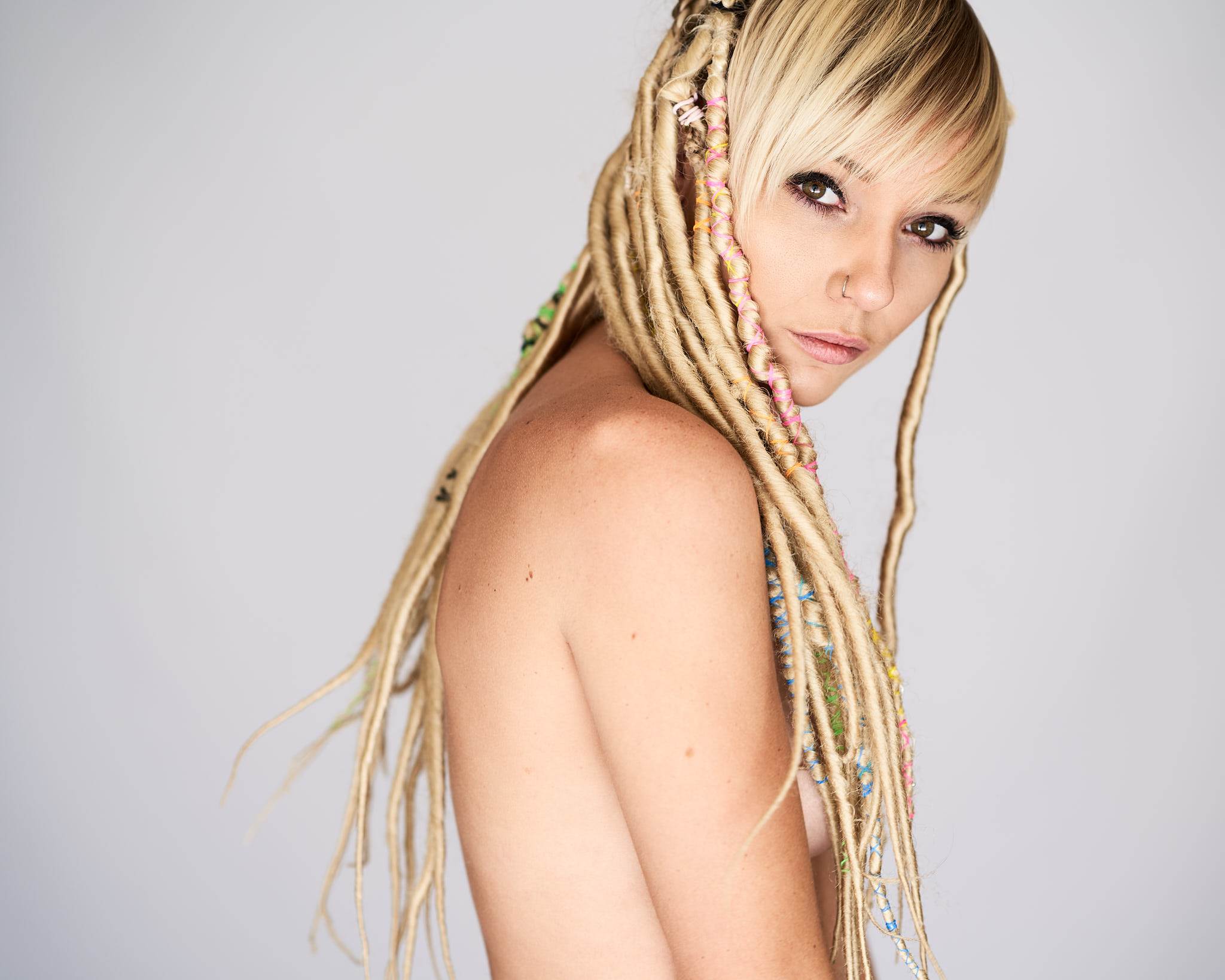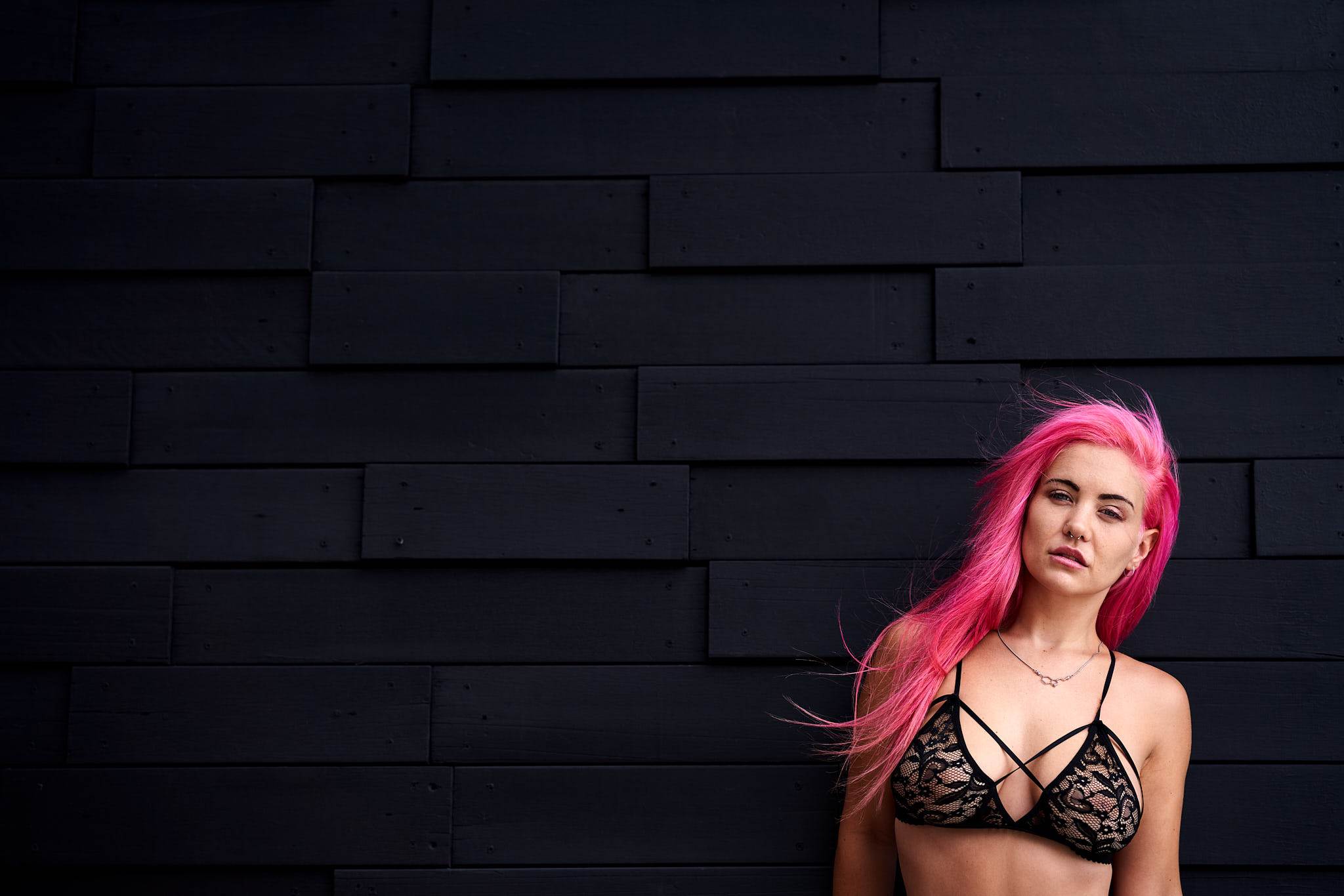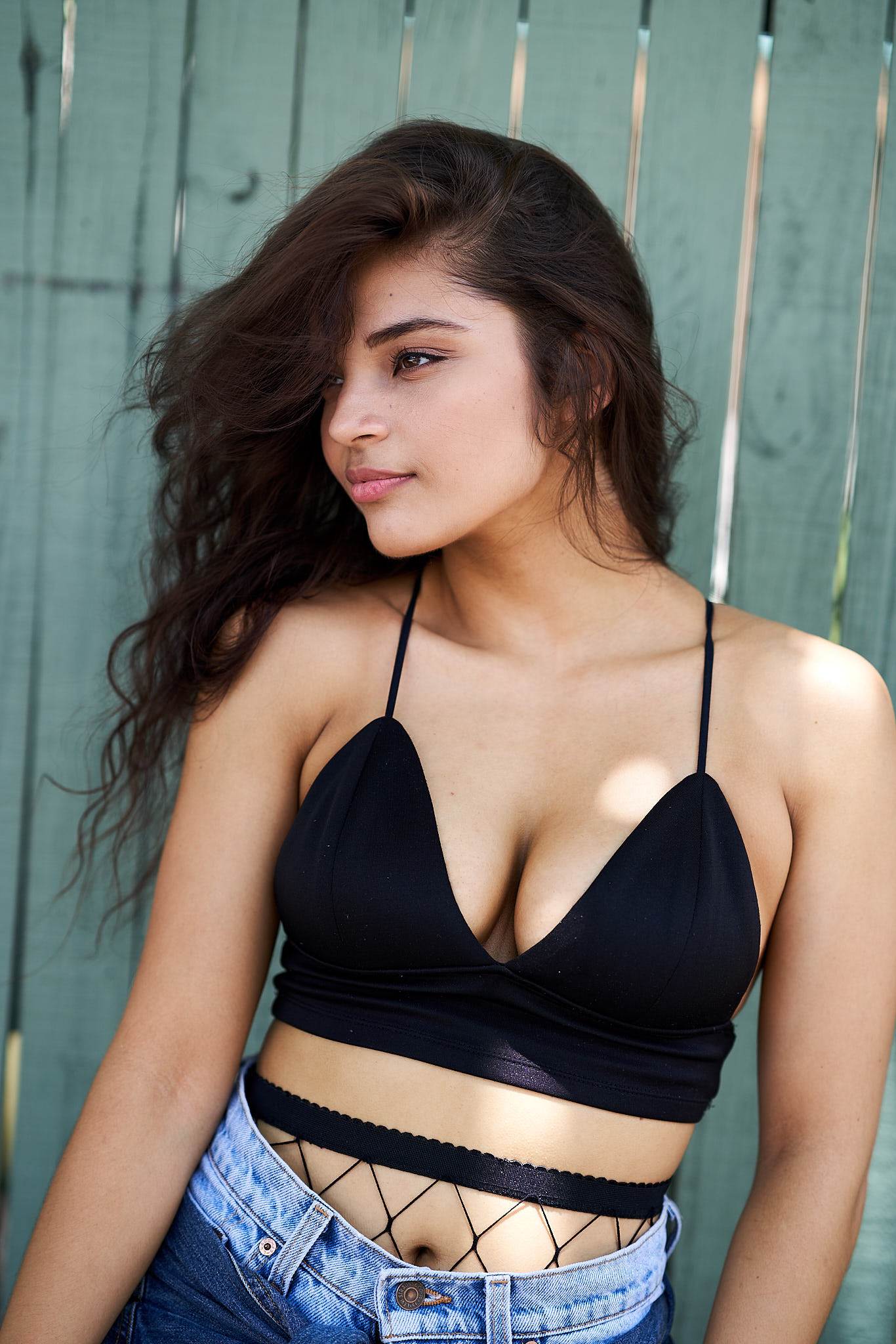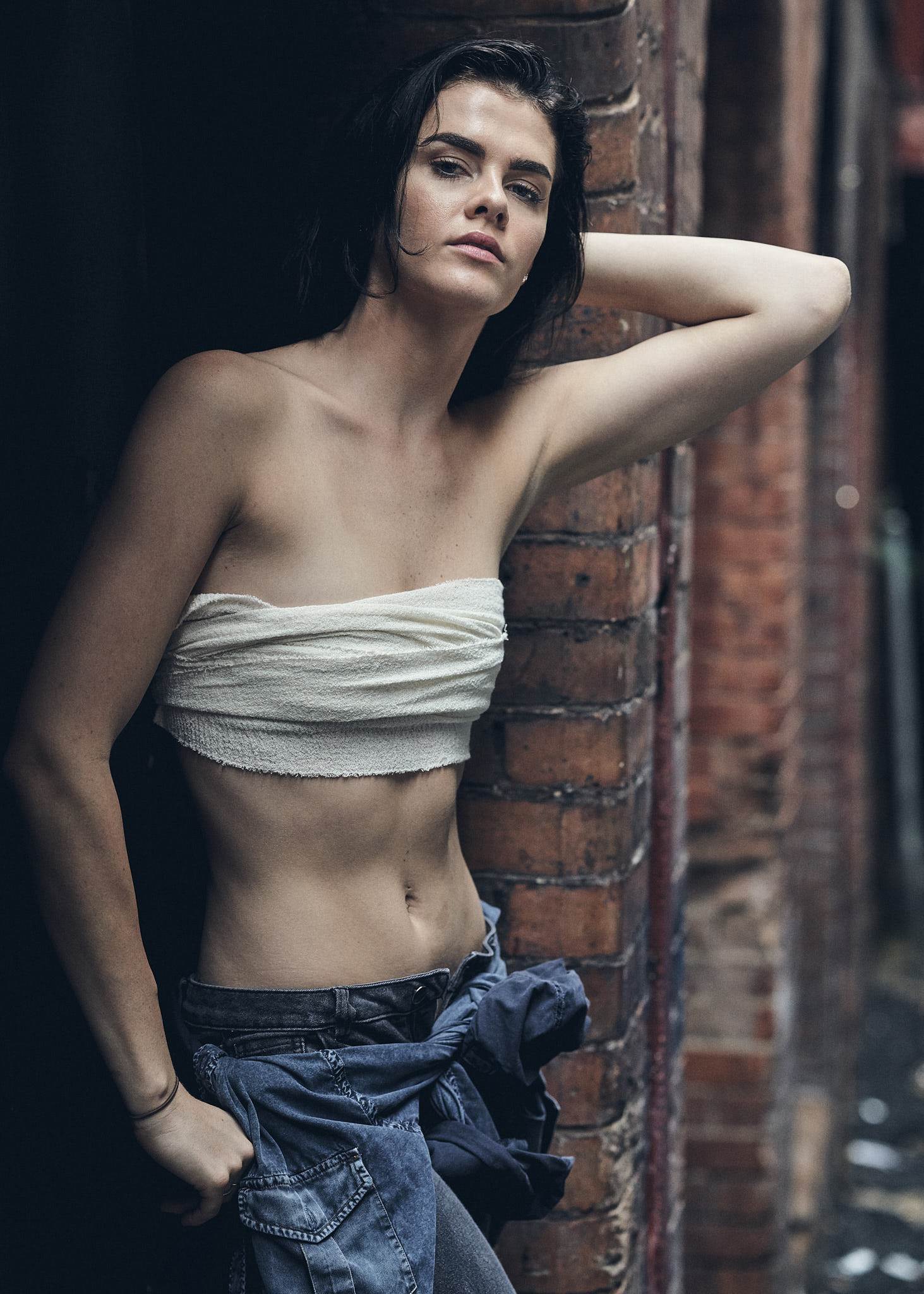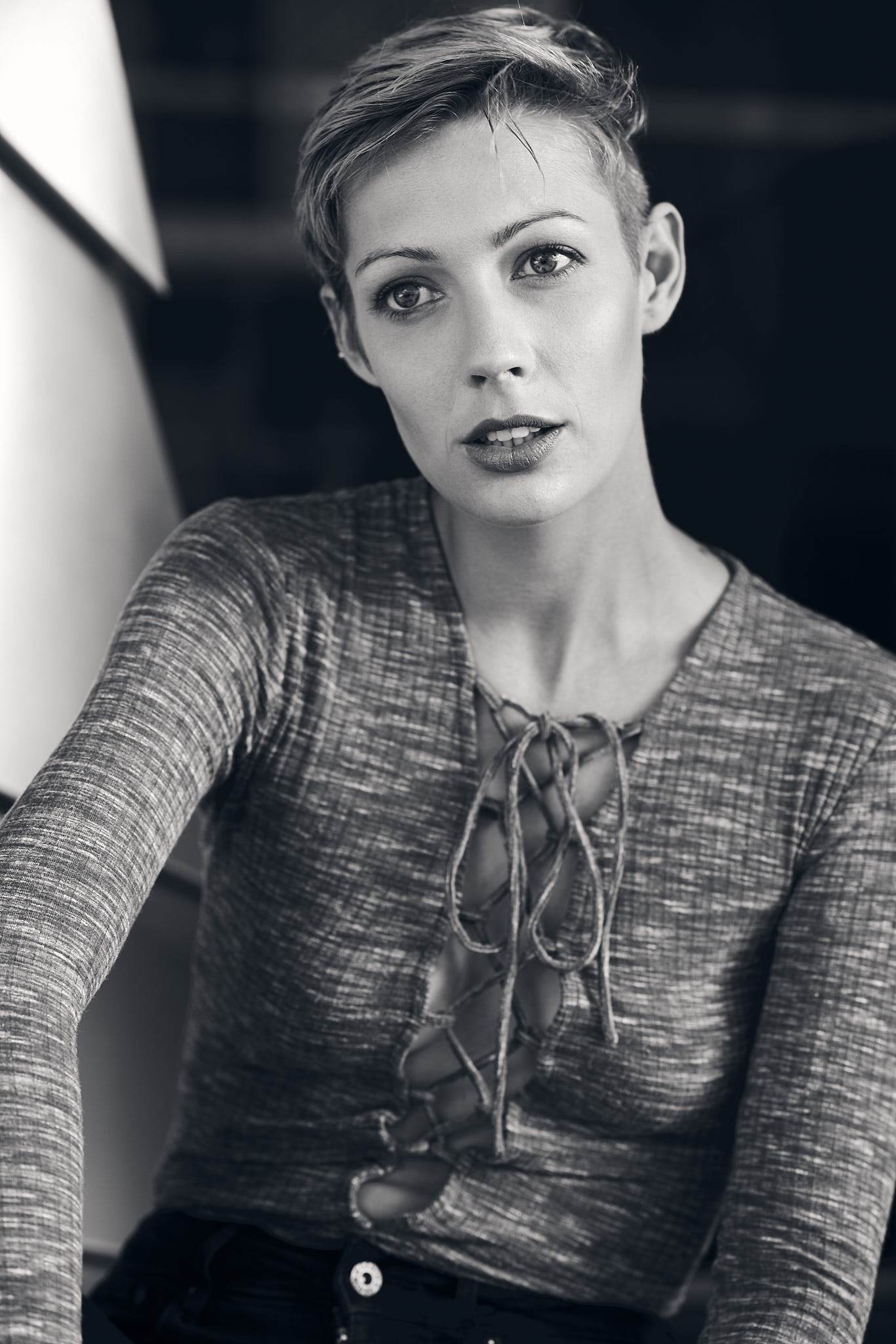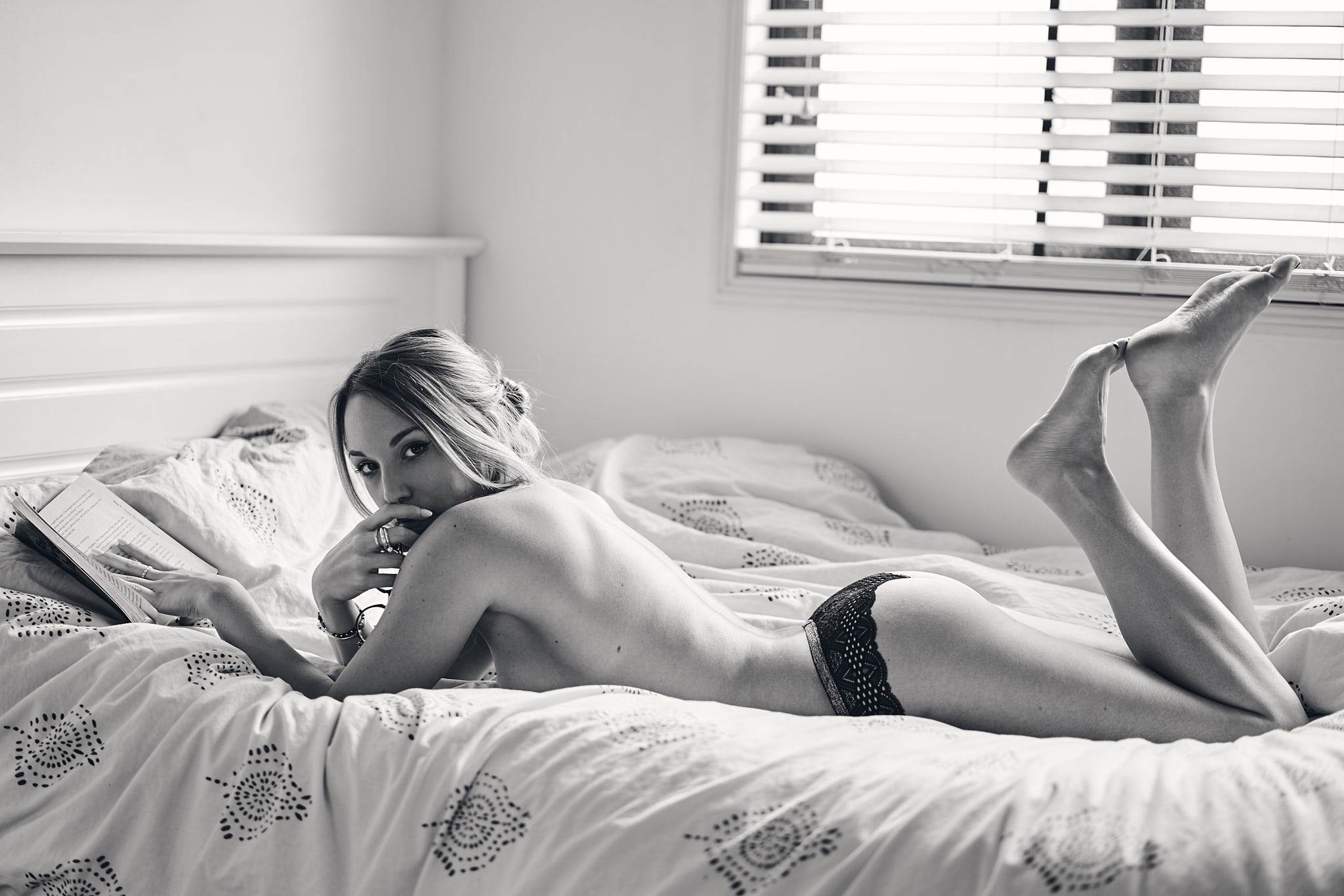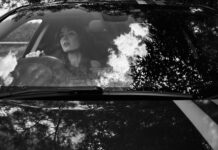I get asked about the equipment I use more and more everyday and when I say I’m a Sony shooter, the next question is always something like “do you like it?”, “what’s so good about it?”, “what made you move from Canon to Sony?”, “do you regret changing systems?”. That made me realise I never really wrote a big post about my move from Canon to Sony, why I did it and how I feel about my decision now, two years later.
So this is going to be a long post about what I think. It’s my opinion and I’m not a Sony fan boy, so yes I will talk about what I don’t like in the Sony systems, but – SPOILER ALERT – I can tell you upfront I don’t regret moving to Sony a single bit.
I will try to get the time frame accurate for everything that happened, the upgrades, the gear I stopped and started using, the trials and errors of it all.
Also please feel free to share this article is allowed but the reproduction or use of its content (text, images and videos) without express permission is forbidden. All images and/or videos in this article are copyrighted to Bruno Domingues.
Sony started to get my attention when they announced the A7R II, but after reading a lot and waiting for more reviews to come out, I wasn’t really convinced. I mean, it looked like one awesome piece of gear, but the cons where more than the pros. Things like:
- Why would you make a 42mpixels camera with a USB 2.0 connection?
- Couldn’t you make the battery a little bit bigger. Just a little bit?
- Who the hell is designing the menu system for Sony and what is going on in their heads?
- No joystick to change the focus point? Really?
- You don’t have a 85mm f/1.4?? What am I supposed to use then?
- Reports of the camera overheating!
- The camera body and buttons are quite small for my big hand.
The list goes on, really. You see, I tried the Olympus OM-D E-M5 before and didn’t get used to its size and the size of its buttons, ended up selling pretty quick.
2015 USA Holiday Trip
In 2015 my wife and I travelled to America for holidays. I had to take all my Canon gear with me as the idea was to go to NYC and take some street photography and portraits of our friend; Alaska for some landscapes and the Aurora Borealis, San Francisco for more street, landscapes and friends portraits, ending in Hawaii for more landscapes and the surf.
If I remember correctly, I had my Canon 5D Mark III, Canon 70-200mm f/2.8, Canon 2x Extender, Tamron 24-70mm f/2.8, Canon 85mm f/1.2, Canon 50mm f/1.4 and Samyang 14mm f/2.8 (plus a speedlite, heaps of batteries, chargers, laptop, card readers and so on). Can you imagine traveling to four different and far apart States of the USA with all that gear?
So I came back home determined to get a small system for when I travel, and Canon didn’t have any decent offers.
Sony A6000
I decided to give Sony a go. The Sony A6000 was a highly praised little camera with impressive specs. I bought it with the Sony E 50mm f/1.8 OSS. Great little kit, but my first frustrating experience with Sony’s menu system. Also, even though the Sony A6000 lacks IBIS (In Body Image Stabilisation), I eventually purchased the Sony Sonnar T* 55mm f1.8 CZ, which is not stabilised like the Sony E 50mm f/1.8 OSS, but the 55mm with the A6000 1.5x crop factor would get me closer to the 85mm focal length I love so much for my portrait work.
Above photo of Montana Lower was taken during a portfolio building workshop with Kayell Australia. I took that photo without being able to see a thing in the viewfinder, because the camera was brand new and I didn’t know about the Live View Setting (which shows you how your photo is gonna really look before you even take it, so it’s an awesome feature but for studio work you need to disable it, otherwise all you see is black). Thanks to Eye AF, which is not even that good in the A6000 compared to the newer models, I still got Montana in focus, shooting blind.
When I compared above kits and realised I could get amazing results with that little cheap kit, I started considering to move on from Canon for good. There was only one thing holding me back: Sony didn’t have a great 85mm lens for its full frame mirrorless lineup. The Batis was a very good f/1.8 option, but coming from the Canon f/1.2, the f/1.8 was not an option. And the Otus, with it’s incredible high price for a manual focus lens (what would be the point of having Eye AF, right) was out of question.
The Sony 85mm f/1.4 GM
Announced on 3rd February 2016, the Sony 85mm f/1.4 GM was all I needed to make up my mind. It took a while for it to be fully in stock but when it happened, I purchased the Sony A7R II, the Sony 85mm GM, a battery grip, a few spare batteries and the Metabones adapter. It was about A$ 8000 in ONE go. Yes, it hurts.
How is the Sony 85mm f/1.4 GM compared to the Canon 85mm f/1.2 L II? The Canon 85mm f/1.2 is an amazing lens, but not for everyone. When I moved to Sony, I asked my wife if she wanted mine and she said “hell no”. It’s not an easy lens to use for sure. It’s also very slow to focus. Can you imagine all that glass moving? So is the Sony better? Well, it’s a bit smaller, a bit lighter and a bit faster. Of course it is, it’s not f/1.2, it’s f/1.4. So the Sony is better, right? Well, it’s a newer design, made for high resolution sensors, the Canon is a very old design (announced March 2006), but the main thing is the ability of actually shooting portraits at f/1.2. At f/1.2, you can’t really “focus recompose”, and the 61 focus points available to use with the Canon 5D Mark III, makes it very hard to get tack sharp eye (yes eye, not eyes) at f/1.2. With Sony’s Eye AF, it’s bloody easy.
Prime Lenses
When the Sony 85mm GM was announced, so were the 70-200mm GM and the 24-70mm GM. When you compare the price of the Sony GM lenses to the Canon or Nikon counterparts, you feel the pain. The Canon 70-200mm f/2.8 retails in Australia for around A$ 2700. The Sony? A$ 3700.
But hey, I had my Canon 70-200mm (and wow, what a lens) and a Metabones adapter, so I should be ok. I realised though that lenses adapted with the Metabones focus very well, up until you reach 100mm. Anything longer than 100mm, is a struggle. Metabones have been releasing firmware updates that keep making the adapter better, but still not enough to trust it to go to a wedding with the combo.
I was still waiting though. For a year I’ve been shooting with prime lenses only, waiting for that one firmware update that would make my Canon 70-200mm focus fast and accurate, but it never came. During this time I got used to shooting primes. My Sony 85mm f/1.4, Sony Zeiss 55mm f/1.8 and Sigma Art 35mm for Canon mount adapted with the Metabones can do EVERYTHING I need. I forgot to mention: before I got the Sony A7R II and sold the A6000, I also acquired a Sony 70-200mm f/4, which is a great lens for sports. Small, lightweight and fast. But for weddings, that 1 stop of light makes all the difference.
So I shot weddings with my Sony A7R II + Sony 85mm GM and A7 II + Sigma 35mm ART, adapted. When needed, I would quickly swap one of them with the Sony Zeiss 55mm. They are all high quality fast lenses, so why not?
And for my portrait, fashion, headshots and models’ portfolios work, I don’t really need a zoom lens since I got used to primes after the move.
I also kept the Samyang 14mm f/2.8. It’s a cheap lens, full manual with incredible imagine quality for its price, so even a $5 adapter will make it work.
Zoom lenses
So yes I still have a zoom lens: the Sony 70-200mm f/4. I gotta say though, for the work I do, I don’t use it. The only time I get it in my bag is when shooting my dog Helga or the surf in Byron Bay. It’s an amazing lens: half the weight of the f/2.8 and 1/3 of the price.
Sony A7R II
I can’t say enough how much the Sony A7R II changed my photography.
There are lots of talks in photography forums about how the gear doesn’t matter. Well, although I love black & white photos, life is not black OR white.
But this camera changed my life.
Continuous Eye AF, amazing Electronic Viewfinder, overall lighter kit. It’s hard to list everything really. It’s a lot easier to list the things I DIDN’T like about the system, compared to Canon. Weak battery life, unstable overall system (from time to time I would have to turn it off and back on for things to work properly, never happened with my Canon cameras).
If you are asking yourself about the colours, which is something a lot of people discuss about, I don’t have a problem with them. Some people say Sony cameras have a weird skin tone thing going on and some times I think I agree and I’m not happy with the colours, but the same happened with the Canon. But hey, that’s why we shoot RAW, right?
The Electronic Viewfinder
That’s something that deserves a special mention. As a mirrorless camera has no mirror (duh), the viewfinder is actually a tiny screen. So if you haven’t seen a mirrorless camera, imagine Canon’s Live View mode, inside the eye piece.
The EVF (Electronic Viewfinder) has its pros and cons, and some people will love it, some will hate it. Old mirrorless cameras will have issue with the EVF’s frame rate, as it’s not the light coming through the lens, hitting a mirror, then a prism, and then your eye. With the EVF, the light comes through the lens, yes, but it goes straight into the sensor and the image is rendered into a very small screen inside the eye piece. It’s electronic, so of course the image will fall behind. With modern and higher end mirrorless cameras, this delay is not noticeable, really.
It has certain advantages, like Zebra (to show you overexposed areas), Live View Effect (which shows you exactly how your image is gonna look before you take it), Focus Peaking and Focus Assist (for manual focus lenses), all inside the eye piece.
So if it’s so awesome, what could possibly be a disadvantage? In my experience, the only thing that I really, really don’t like, it’s when shooting with strobes. Try to imagine this scenario: you are shooting in a studio, where the ambient light is poor (but enough for the camera to focus and whatnot). Your settings are ISO 100, 1/160s, f/8. With the poor ambient light, if you take a photo, it’s all black, so if you have Live View Effect turned on, black is all you see. You have to turn it off (and I advise turning Zebra off as well) to make your EVF works like a normal viewfinder. Remember, there’s no mirror, so what you see now is an image your camera is trying to show you so you can see what you’re doing, but some times it gets too bright, so much so you can’t even frame properly. I got used to it but it could be a deal breaker for some people.
I would say the biggest advantage of EVF is for natural light shooters. When shooting natural light, it’s truly amazing. Also, focus peaking and focus assist for those photographers with lots of vintage lenses…
Eye AF
Eye AF is something truly amazing (and getting better with each new Sony camera model). I love shooting outdoors closeup portraits with a fast lens wide open. As I mentioned before, doing that with the Canon 5D Mark III + Canon 85mm f/1.2 was very hard. Doable, but difficult.
Eye AF is something only possible without the mirror. We need the sensor and processor in the camera to work real time, so the camera can find the eye and lock focus on it. Even better, you can use Continuous Eye AF to track your subject’s eye, real time. In theory it should always focus on the eye closest to the camera, but it misses some times. I also find my crazy hair style gets in the way some times. But I gotta say now I get tack sharp eyes more often than I miss focus.It’s incredibly accurate, even shooting at f/1.4 with a lens as slow to focus as an 85mm.
If you are not that close to your subject (let’s say, a full body shot) and the eye is too small for the camera to find, you can have Face Detect on and it will work as well (you’re not that close so your DOF is not gonna be too shallow anyway).
Resolution
I thought about using a natural light image shot at f/2 to talk about resolution because it wouldn’t be fair to use a photo taken at f/8 to discuss it as most cameras/lenses will be very sharp at f/8. But we are talking about how much details this particular camera and lens combo can resolve.
The Sony A7R III has the same resolution as the Sony A7R II, but the processing power and everything else inside the camera body is new. It’s like Sony couldn’t really make use of all its own sensor’s power before.
Please note above image has not been even close to Photoshop, it was processed in Capture One Pro 11 and exported as a 60% Quality, 72dpi JPEG with 2048px on the long edge. So to make it fair, you can download a high resolution unedited file (JPEG but exported at full size, 300dpi, no editing, no cropping, no sharpening). You will actually notice by downloading that file that at f/8, I completely missed focus and Ruby’s eyes are quite soft. There’s a massive change if you are reading this article, you are a photographer, and on the words of Peter Coulson, “only other photographers will care if the eyes in your picture are in focus”. I love this image, so go judge someone else
Sony A7R III
It was a Wednesday when I went to have lunch with my good friend Paul Tran, who is also a Sony A7R II shooter. We were talking how it was time for Sony to upgrade our beloved camera and all the things we would love for them to add or change and the things we would like them not to touch at all and leave as is. Paul went back to work and I came back home.
That afternoon Sony announced the new A7R III, and guess what? It was exactly what we wanted, and more.
The one thing we didn’t want them to do was to increase the sensor’s resolution. I shoot compressed RAW (as in my comparison tests I didn’t really see any difference in image quality), and they kept the same sensor in the new camera.
What we wanted them to change:
- Battery life;
- A joystick to change focus points;
- Dual SD card slots;
- USB 3 for faster tether shooting;
- Better menu system.
That was all, we were definitely not asking for much. And this is what Sony added/changed:
- Bigger batteries;
- Joystick to change focus points;
- Dual SD card slots, one being VERY fast;
- USB Type C, which is not just faster, it can also carry power;
- Menu system improved a bit, but with the addition of a “My Menu” option and better ways to access saved settings (the memory thingy);
- Touchscreen to change focus points;
- Bigger camera body with a better grip;
- Better button layout and overall design;
- Bigger body with a better grip;
- Improved image quality with the same sensor;
- Improved focus system, including massive improvements to Eye AF, which was already amazing;
- 10 freaking FPS at 42mpixels!!!
So Paul and I preordered the A7R III next day from CameraPro.
Conclusion
So, is that all I have to say about it? Hell no! There’s so much more. I haven’t even mentioned the fact that I completely stopped using Adobe Lightroom and moved to Phase One’s Capture One Pro so I can tether in the studio (also because Capture One Pro is a lot faster than Lightroom when working with these massive files). There was a bit of a learning curve there, but I’m loving the software! Just by been able to shoot tethered and edit my images as I shoot instead of just applying a preset… it’s amazing!
Do I regret moving from Canon to Sony? Absolutely not! Will you? I can’t really say. Was it hard to get used to a new system? It’s always a bit hard, but it doesn’t take long.
I know there are lots of questions I don’t answer in this post and please feel free to contact me and ask, but I guess this article is already very long and if you have gotten this far, I thank you!! I will try to get more into detail about all aspects of shooting with Sony mirrorless cameras in future posts.
I will leave you now with some more photos taken with the Sony A7R III!


